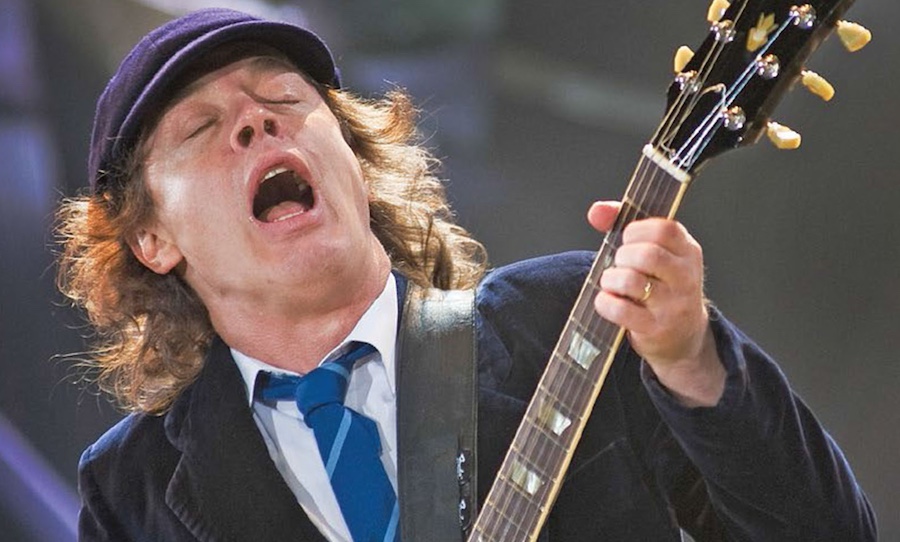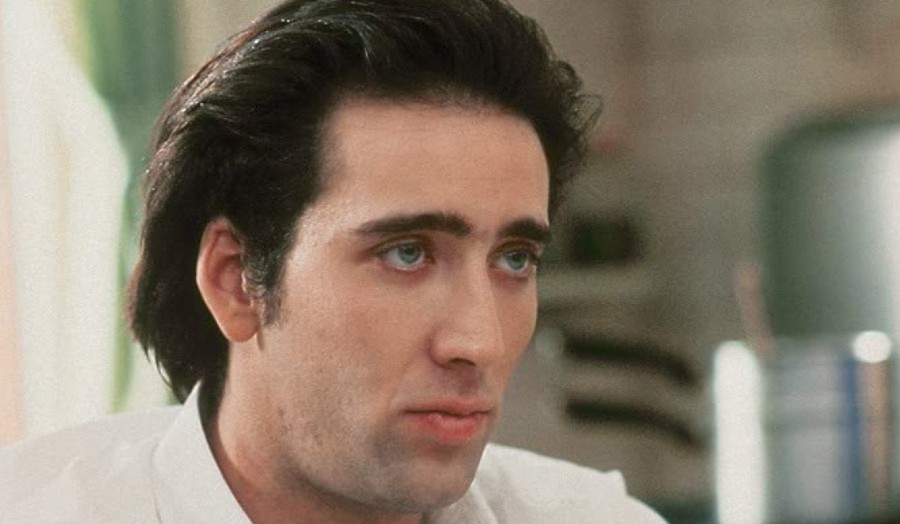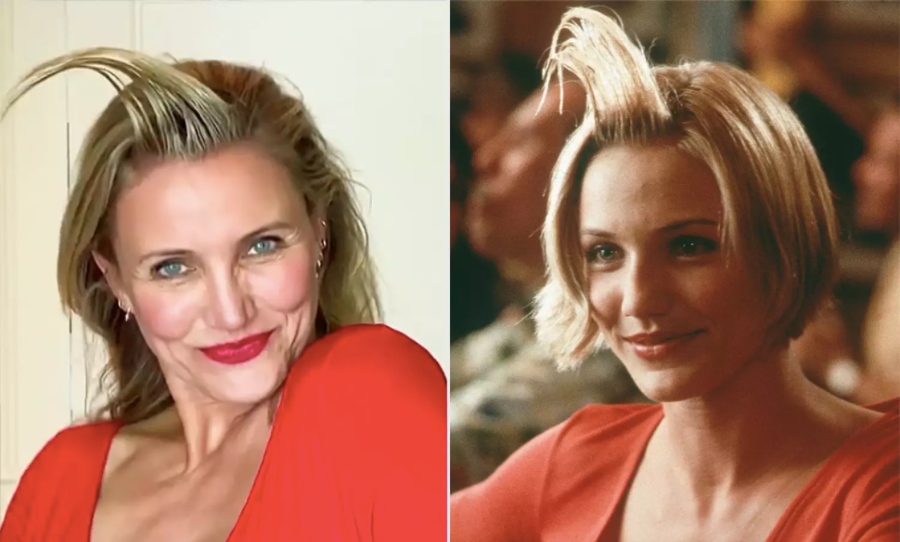No conversation about ’80s extravagance would be complete without mentioning the mullet. But does the mullet still represent the business at the front, party down the back agenda today?
Here’s a thing. Back when my dad was a teenager, and the Achilles heel known as male-pattern baldness hadn’t taken hold (sorry Dad), it was a mullet that topped his stature. Though he might wince at its mention today, that mullet was nothing to be ashamed about. It was the ’80s, after all.
However, much to my dad’s disbelief, his son would be giving it a brief fling 40 years later. Yes, the rumours are true – the polarising hairstyle is doing the rounds once again, from tradies to city slickers, and even upper-class private school chaps. And the filthier it is (aka no blending), the better. So, the question must be asked. Is the mullet still the anti-establishment hairdo of the people, or have cashed-up squares snatched it for themselves? Let’s investigate.

Golden days
If we cast our minds back to a time of survival (6th century BCE), the mullet’s fabled tale begins.
Obviously, back then, the mullet was all about practicality, not fashion. Cutting a fringe granted a clear vision, and long hair on the back provided warmth, making it a popular cut amidst western cultures. Many Greek statues of this era depict this mullet-like style in its earliest form. Of course, the hairstyle wouldn’t actually have a name until 1994, but we’ll get to that.
Moving to the late 18th century, American President Benjamin Franklin decided to give the rough-looking hairstyle a crack as a tool to earn the trust and financial support of France. Franklin and his team believed the ‘skullet’ (long at the back, bald on top) presented him as a man of “simplicity and innocence”.
Benjamin Franklin has the original Skullet. Can’t change my mind. pic.twitter.com/JAjcc2ZA69
— _____ (@dreadfella) November 17, 2018
’70s, ’80s, ’90s
Next in the timeline comes the ’70s, where the iconic style really kicked off. During David Bowie’s Ziggy Stardust phase, the artist donned the ‘do in an iconic flame-red colour, inspiring others in the process. Bowie’s mullet merged typical male hair (short) and typical female hair (long) of the times together, skyrocketing not only his androgynous appeal but the culture of the haircut itself.
Notably, the style had become a queer coding identifier for LGBTQ+ individuals. Back when homophobia and transphobia were far more dominant, queer individuals used coding such as the mullet to identify themselves to other members of their community, without exposing their sexual orientations to the wider public.
“queer coding” is when a girl in a tv show does archery
— zoë ✨🌙 (@zoenone0none) January 27, 2022
By the ’80s, the mullet was in full swing, with its appeal extending to pop stars such as Paul McCartney, Keith Richards, and Joan Jett. Now, the mullet was finding popularity with everyone, but especially the misfits and troublemakers. The non-conformist underclass had never looked so united, filthy, and fabulous. But the age of the mullet was fading fast.
Once the ’90s rolled around, the hairstyle severely dropped out of fashion. Those brave enough to continue rocking it could expect ridicule from the press and public alike. Culturally awash, yet still untitled, The Beastie Boys coined the name Mullet with their 1994 track, Mullet Head.
Lyrics like “watching MTV and you mosh on” painted a stereotypical, cheeky depiction of its wearers. At last, it seemed, the world was putting the hairstyle to rest. Or so we thought.
What goes around, mulls around
In the last few years, the mullet has scored a resurgence that nobody saw coming. Except for maybe Billie Ray Cyrus, whose self-titled mullet the Kentucky Waterfall has been turning heads since 1992. In fact, the Kentucky Waterfall is worth an article in itself.
Getting back to the point, online searches for ‘how to cut a mullet‘ actually skyrocketed during the 2020 lockdowns. With hairdressers out of the question, isolated individuals were clearly embracing their ragtag side, letting beards and mullets run free. Perhaps the gravitation was subconsciously inspired by Tiger King’s inconceivable mullet-man, Joe Exotic? Just a theory.
Of course, in lockdown, no one could give you flack for letting the mullet beast out of the cage. However, the mullet is no stranger to prejudice. In 2019, a member of rock outfit The Chats was denied entry into Brisbane pub Rics due to his hairdo. The band took to Facebook to address the discrimination, raising some key points:
“How does my haircut suggest I’m going to hit someone? I’ve never even been in a fight. Prejudice starts with bullshit like this and leads to venues refusing entry to people for all sorts of stupid reasons.”
Elsewhere in the contemporary music scene, queer and queer-aligned artists such as Rihanna, Lil Nas X and Troye Sivan have been upholding the mullet as a hot, relevant cultural statement. Clearly, the mullet’s progressive history is far from forgotten. However, there’s a potential fallacy here. The modern-day mullet has also found a new home… in elite schools and colleges.
How can that be right? The mullet is the haircut of the people. Why are elite classes also revelling in the haircut’s rebellious roots?
And herein lies the esoteric nature of our modern-day mullet. Are privileged youth rocking mullets to protest their establishment, or are they trying to seize the narrative?
Rihanna rock mullet way before yall. https://t.co/UjzOuoDL1H
— paqlo escobar (@whatthepaq) February 1, 2022
Jemima, a queer hairdresser and mullet aficionado spoke to Vice on the topic, suggesting that perhaps it’s a “rebellion against being brought up in a privileged background”. If these private schoolboys are copping strict rules and regiments all over, it’s no wonder they want to go against the grain-mullet style.
In 2021 Sydney Private School Waverley College outright banned the hairstyle, labelling it as inappropriate. It’s far from the first banning either, with other elite schools such as Perth’s Trinity College following suit.
Perhaps the elite’s gravitational pull towards mullets isn’t as much of a class war as it is an adoration of the hairstyle’s many qualities. In my eyes, the mullet manages to be gross, attractive, trendy, and funny all at the same time. It somehow manages to teeter the line between sincerity and irony: a cultural wellspring for our times. For attention-seeking pupils looking to carve out an identity in a sea of students, a mullet might just be the golden ticket.
So, does the mullet remain a working-class archetype, or should it be buried once again? Honestly, the choice is ours. If you’ve got hair, the mullet is a hairstyle that speaks volumes.
Care to turn the music up?



